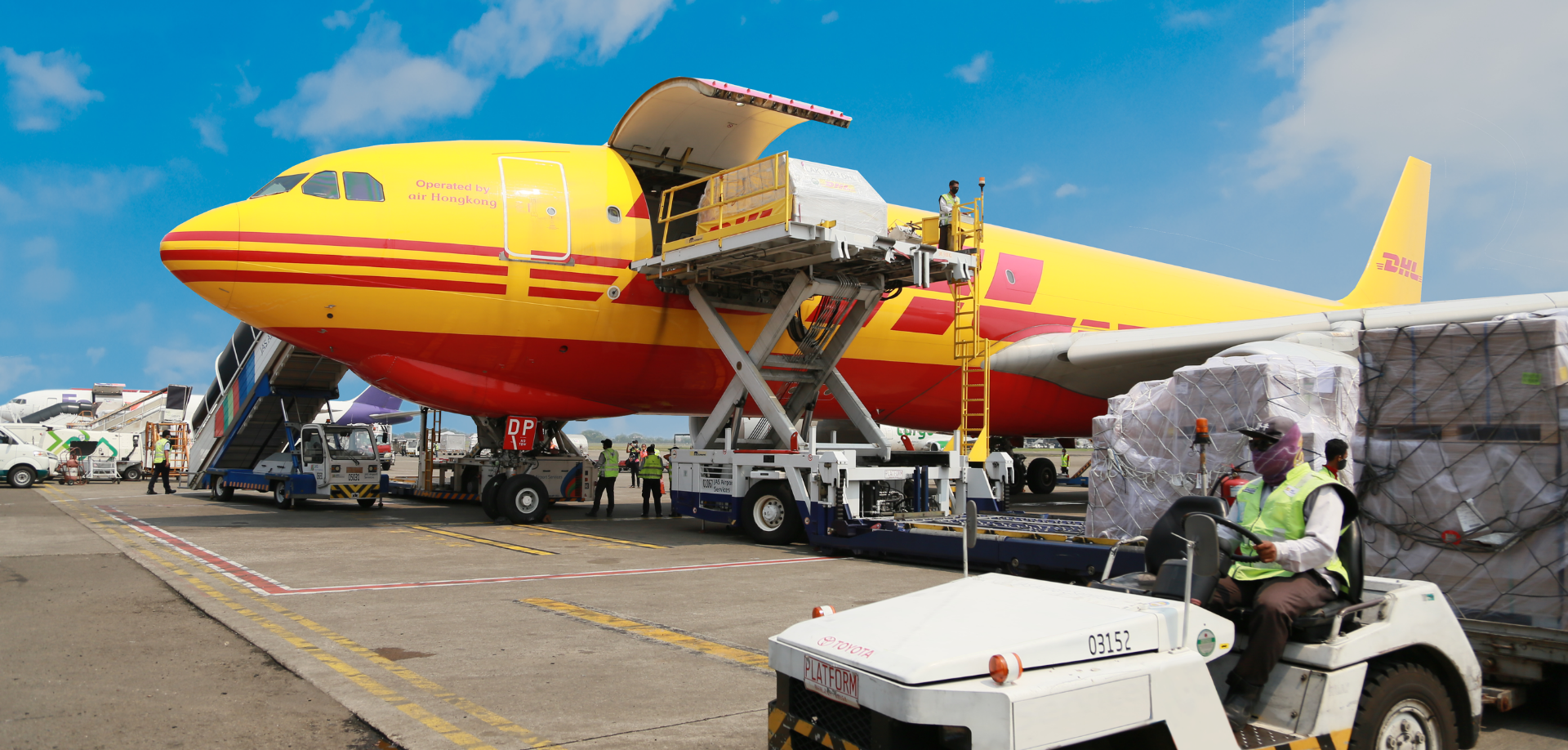DHL and the New York University Stern School of Business have released the DHL Trade Atlas 2025, providing a comprehensive analysis of the most important trends in global trade. The report reveals that Asia’s trade is set to lead the way, which is forecast to grow faster over the next five years compared to the preceding decade. Hong Kong has attained top spots globally, indicating its strength in trade value and volume in nearly 200 countries and territories around the world. Hong Kong ranks seventh in total trade value in 2024, amounting to US$1.3 trillion.
According to the latest edition of the DHL Trade Atlas, Asia Pacific's contribution to global trade has consistently increased, rising from 26 percent in 2000 to 33 percent in 2024. This growth is expected to continue, primarily driven by the region's strengths in integration and supply chain diversification. The report's 2025 findings indicate that East Asia and the Pacific will lead the world in export and import growth over the next five years, with trade volume projected to account for 34 percent of global trade growth from 2024 to 2029—outpacing Europe at 30 percent and North America at 14 percent. Hong Kong remains resilient in its position, securing the sixth spot globally on the scale dimension, which tracks the absolute change in the volume of goods traded by a market. From 2024 to 2029, Hong Kong's trade volume is expected to reach US$212.7 billion, alongside other emerging Asian markets like India and Vietnam. It is forecasted that Hong Kong will maintain a compound annual trade volume growth rate of 3.1% during the 2024–2029 period.
According to the report, Hong Kong’s top export destination from 2018 to 2023 was mainland China (57 percent), followed by the United States (6.8 percent) and India (3.1 percent). Meanwhile, nearly half of the city’s import within the same period came from mainland China (43 percent). Eight out of the top ten of Hong Kong’s export and import destinations from 2018 to 2023 were within Asia or in the Middle East.
"Hong Kong, recognized as a leading international financial and trade hub, has demonstrated strength in both trade value and volume,” said Andy Chiang, Senior Vice President and Managing Director - Hong Kong and Macau, DHL Express. “As trade within Asia increases, Hong Kong serves as a vital gateway between mainland China and the rest of the world, maintaining strong connections with its Asian counterparts. We are well-positioned to meet the rising trade demand through recent strategic investments, including the inauguration of our Hong Kong West Service Center, the expansion of the Central Asia Hub at Hong Kong International Airport, and new direct flights from Hong Kong to Jakarta and Sydney. These initiatives will enable us to better serve our customers and capitalize on the growing opportunities in the region."
Key Takeaways: Unveiling Growth, Transformative Shifts, and the Impact of Trade Policies
The DHL Trade Atlas measures changes in countries’ and regions’ shares of world trade. Among the key take-aways:

1. Faster trade growth, greater uncertainty
Recent forecasts predict global goods trade will grow at a compound annual rate of 3.1% from 2024 to 2029. This roughly aligns with GDP growth and represents modestly faster trade growth compared to the previous decade. However, record high uncertainty about future trade policies clouds the outlook.

2. Trump tariff impact
Even if the new U.S. administration implements all of its proposed tariff increases and other countries retaliate, global trade is still expected to grow over the next five years – but at a much slower pace.

3. New record in long-distance trade as Asia becomes central to global production networks
Contrary to predictions that recent disruptions would lead to more regionalized trade patterns, trade took place over the longest average distance on record during the first nine months of 2024 (5,000 km). The share taking place inside major geographic regions declined to a new low (51%). This development can be attributed to the fact that Europe and North America have increasingly traded with Asia, as “Factory Asia” becomes central to global production networks.

4. New leaders in trade growth: India, Vietnam, Indonesia, and the Philippines
Between 2024 and 2029, these four countries are forecast to rank among the top 30 for both speed (growth rate) and scale (absolute amount) of trade growth. India also stands out as the country with the third largest absolute amount of forecast trade growth (6% of additional global trade), behind China (12%) and the United States (10%).

5. Global geopolitical shifts limited
Geopolitically driven shifts in global trade patterns remain limited and appear to have stalled in 2024. While trade between blocs of close allies declined relative to trade within these blocs in 2022 and 2023, there were no further declines over the first nine months of 2024.

6. Standout regions
At the level of major world regions, the fastest trade volume growth from 2024 to 2029 is forecast for South & Central Asia, Sub-Saharan Africa, and the ASEAN countries – with compound annual growth rates between 5% and 6%. All other regions are forecast to grow at rates of 2% to 4%.
The DHL Trade Atlas 2025
The DHL Trade Atlas 2025 features a wealth of data-driven insights and analysis on global trade and its prospects. It is an up-to-date resource for business leaders, policymakers, educators, students, media, and the interested public. It includes concise one-page profiles summarizing the trade patterns of nearly 200 countries and territories that comprise over 99% of world trade, GDP, and population. The free interactive content available at dhl.com/tradeatlas is a new feature of the report. The website enables users to customize analyses and explore trade trends by specific countries, regions, and categories of goods. Additionally, it offers convenient options for downloading data and images.
The report was commissioned by DHL and authored by Steven A. Altman and Caroline R. Bastian of New York University Stern School of Business. It was finalized in February 2025 using data and forecast updates through January 2025.
Plan your cross-border growth strategy with the DHL Trade Atlas 2025.
If you’re looking to – or already do – ship internationally, this report is essential reading. Brought to you by the world’s most international company, it reflects DHL's position at the heart of global trade and their commitment to help customers identify the most prosperous markets for expansion.
Download the report now





